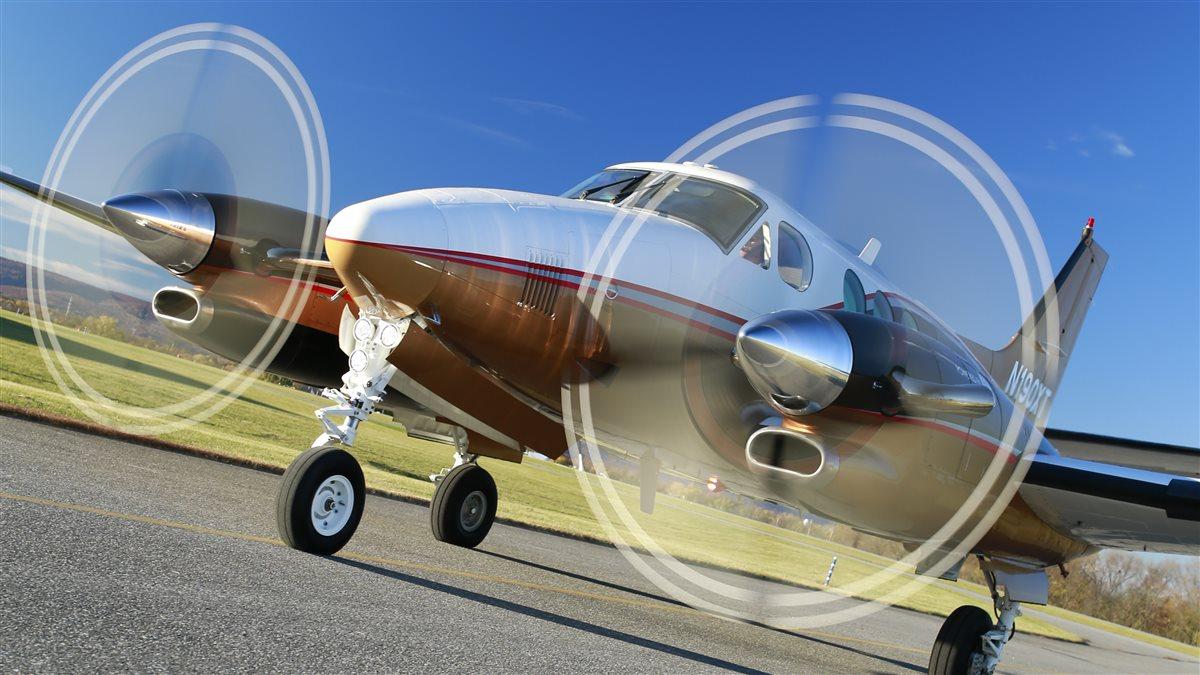AOPA Air Safety Institute: Take on a twin
Four rules to help you be proficient

But although multiengine airplanes generally offer better performance and greater safety, those benefits come with strings attached. Ask any multiengine pilot: Learning to fly with two engines means flying most of your training with one simulated failed engine.
Why the emphasis on single-engine operations in a twin? In certain instances, piston-twin single-engine performance adversely affects the aircraft’s handling stability and its ability to climb. This can be especially hazardous close to the ground during takeoff and climbout, when “losing” one engine (or 50 percent power) in a typical piston twin translates to losing about 80 to 90 percent of performance—meaning a climb may no longer be possible. In addition, the “dead” engine’s drag and the operating engine’s thrust make it difficult to control the airplane unless you react swiftly and correctly to the situation. These are just a few examples of distinct flight dynamics multiengine pilots must consider.
So flying a twin means you must stay on top of the aircraft and be sharp at all times, but how? A periodic dual flight with your multiengine instructor is one great way to remain proficient. Learning from other experienced multiengine pilots is an additional way to hone those skills.
View Taming the Twin: Four Rules for Safe Multi-engine Flying, in which the AOPA Air Safety Institute interviewed several knowledgeable multiengine pilots. The video explores some of the proactive things pilots can do to ensure a safe outcome on every multiengine flight.
Web: www.airsafetyinstitute.org/safetyvideos/tamingthetwin
Video made possible by the Canadian Owners and Pilots Association and the Donner Canadian Foundation.


